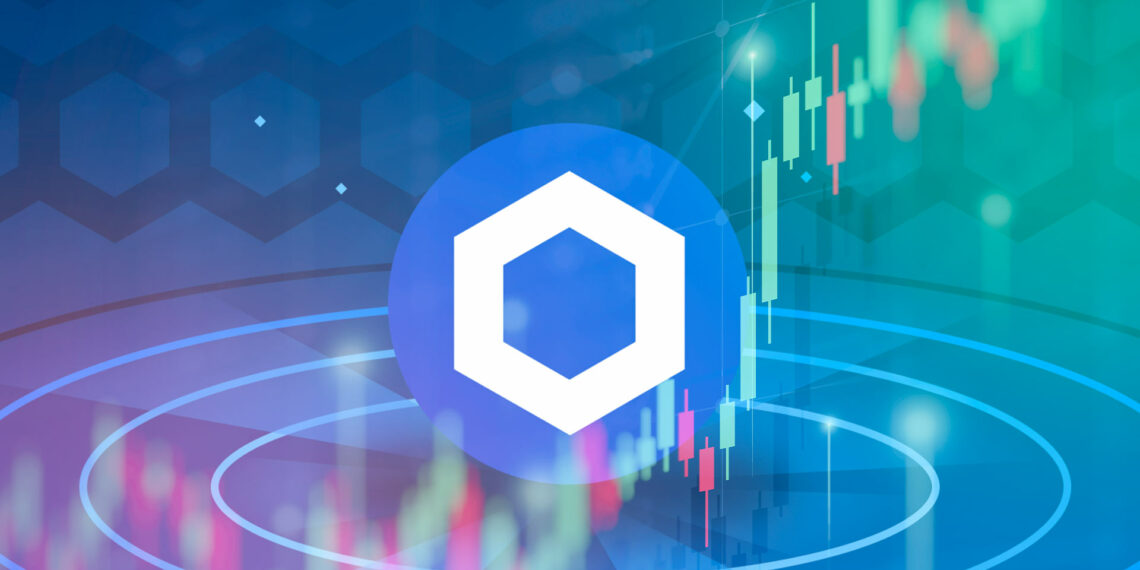In the fast-paced world of blockchain technology, Chainlink (LINK) has emerged as a pivotal player, revolutionizing the way smart contracts interact with real-world data. This article embarks on an extensive exploration of Chainlink, delving into its origin, key features, and the transformative potential it holds in bridging the gap between blockchain and off-chain data sources.
1. The Genesis of Chainlink:
Chainlink was founded in 2017 by Sergey Nazarov and Steve Ellis with the vision of creating a decentralized oracle network that could securely connect smart contracts with external data sources. Recognizing the limitations of existing blockchain platforms in accessing off-chain information, Chainlink set out to provide a reliable and tamper-proof solution.
2. Solving the Oracle Problem:
The oracle problem refers to the challenge of securely obtaining and verifying external data inputs for smart contracts. Chainlink addresses this problem by leveraging a decentralized network of oracles—nodes that retrieve and deliver off-chain data onto the blockchain in a secure and trustless manner. This ensures the integrity and reliability of data inputs for smart contracts.
3. Decentralized Oracle Network (DON):
Chainlink’s Decentralized Oracle Network (DON) consists of a vast ecosystem of independent node operators responsible for retrieving, validating, and delivering external data to smart contracts. These nodes are incentivized to provide accurate data through a reputation system and staking mechanisms, ensuring the integrity of the oracle network.
4. Modular and Extensible Architecture:
Chainlink’s architecture is designed to be modular and extensible, allowing developers to customize oracle solutions to suit their specific use cases. Developers can create custom data feeds, aggregation methods, and security parameters, enabling a wide range of applications across various industries.
5. Real-World Use Cases:
Chainlink’s oracle network enables smart contracts to interact with real-world data, opening up a plethora of use cases across industries such as finance, insurance, supply chain management, and gaming. From decentralized finance (DeFi) platforms to insurance products and prediction markets, Chainlink’s technology facilitates secure and reliable data transmission for a multitude of applications.
6. Partnerships and Integrations:
Chainlink has forged strategic partnerships with leading blockchain projects, enterprises, and academic institutions to expand its reach and adoption. These partnerships enable seamless integrations of Chainlink’s oracle solutions into existing infrastructure, driving innovation and scalability across the blockchain ecosystem.
7. The Role of LINK Token:
The native cryptocurrency of the Chainlink network is LINK. LINK tokens are used to pay for oracle services, incentivize node operators, and secure the network through staking. As the demand for reliable oracle services grows, the value and utility of the LINK token are expected to increase, driving further adoption of the Chainlink ecosystem.
8. Future Developments and Challenges:
As Chainlink continues to evolve, it faces challenges such as ensuring decentralization, scalability, and security while expanding its capabilities to support complex data inputs and outputs. Ongoing developments, including the integration of off-chain computation and layer 2 scaling solutions, showcase Chainlink’s commitment to addressing these challenges and pushing the boundaries of decentralized oracle technology.
Chainlink stands at the forefront of blockchain innovation, pioneering the integration of real-world data into smart contracts through its decentralized oracle network. With its robust architecture, extensive partnerships, and diverse use cases, Chainlink has cemented its position as a critical infrastructure provider for the decentralized web. As blockchain adoption continues to grow, Chainlink’s role in enabling secure and reliable data transmission between the blockchain and the real world remains indispensable.




